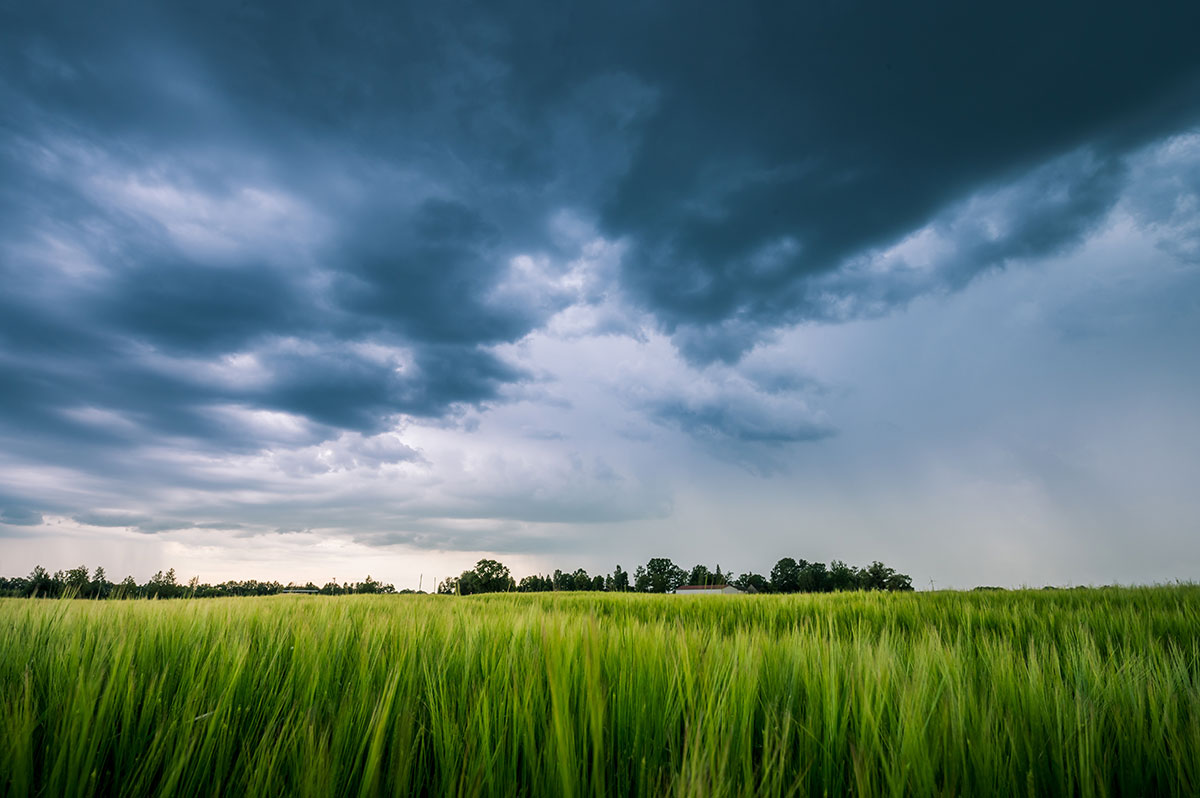If you farm in the Midwest, you already know: the weather runs the show. No matter how well you plan or how tight your schedule is, Mother Nature has the final word. Rain, wind, heat, drought—it all hits when it wants, and it never asks if your planter is ready.
Over the years, I’ve had hundreds of conversations with producers who say the same thing: “I wish I’d had it ready before the rain hit,” or “If I’d just gotten the baler a week earlier, I could’ve gotten ahead.” As someone in ag equipment sales, I hear these stories every season. And I get it—money’s tight, time’s tighter, and it’s hard to predict what the sky’s going to do next.
But here’s the deal: weather patterns aren’t just something to work around. They’re something you can learn from.
Let me explain.
Weather Teaches You to Plan Ahead—If You’re Paying Attention
Most of the farmers I work with know their land like the back of their hand. They can tell you where the field stays wet after a storm, which corner dries up fastest, and what day of May they usually start planting. But when it comes to matching equipment readiness with those rhythms, there’s sometimes a disconnect.
For example, if you’ve had three wet springs in a row, that’s not just bad luck—that’s a pattern. And if your planter’s always stuck in the shop when the ground finally firms up, then you’re playing catch-up while your neighbor’s halfway done.
I tell people: use the off-season to prepare for the in-season. If the last few years have taught you that things start earlier (or later), trust that. Don’t wait for perfect conditions to get your gear in order. Beat the pattern.
Buying Based on Forecasts? It’s a Gamble.
Here’s something I see all the time: farmers waiting to pull the trigger on new or used equipment until the 10-day forecast looks “right.”
While I understand the instinct, I always say: forecasts are guesses. Patterns are history. One is a prediction, the other is a teacher.
Let’s say you’re looking at a new hay rake or a used sprayer, and you hold off because it looks like a dry spell is coming. That’s fine, but if the last three seasons have brought late-summer rains or unexpected heat waves, wouldn’t it make more sense to prepare for what’s likely—not what’s promised?
Yes, buying equipment is a big investment. But so is the cost of missing your weather window. I’ve seen more money lost waiting for a “better forecast” than I have from acting on what the past three seasons clearly showed.
Timing Is Everything in Ag—and Equipment Is No Exception
One of the most overlooked parts of a farm operation is equipment timing. I’m not just talking about planting or harvesting windows—I mean the exact moment your equipment needs to be ready to go.
Here’s the tough truth: by the time your fields are dry, it’s already too late to start thinking about a planter upgrade. By the time your tractor throws a code, your grain bins are already filling up.
Weather forces action. But it rewards preparation.
Think about the last time you were scrambling because something wasn’t fixed, delivered, or serviced in time. Was it because the weather surprised you—or because you didn’t match your timing to what the weather has already taught you?
What I Tell Customers: Watch the Sky, but Trust the Calendar
I always recommend keeping a farm notebook—or even just using your phone—to track the first field-ready day every year. Over time, you’ll build your own pattern, your own micro-climate record.
Then, schedule your equipment purchases, service appointments, or upgrades to fall a few weeks before that average “go time.”
It’s not perfect science. But it’s better than panic-buying when every dealer in the state is backlogged and parts are on order until July.
I once had a customer tell me, “I don’t prep early because I don’t want to jinx it.” Respectfully, I think not preparing is what jinxes the whole season.
The Weather Can Be Wild—You Don’t Have to Be
Look, we all know farming is unpredictable. Prices jump, inputs spike, and yes—weather flips the script with no warning. But that doesn’t mean you have to operate in chaos.
The more you treat weather patterns as part of your planning—and not just something to curse when it rains—the smoother your season can go. Equipment that’s in place and ready gives you control in a business that often feels out of your hands.
So, next time you’re watching the radar or talking about the third straight year of a late frost, ask yourself:
What did last season teach me?
What should I do different before the weather changes again?
If the answer involves getting ahead of your equipment needs, you’re already on the right track.
Quick Takeaways:
- Weather patterns are better planning tools than short-term forecasts.
- Match your equipment readiness to your typical seasonal windows.
- Prep in the off-season based on what’s likely, not what’s ideal.
- One week of missed field time can cost more than buying a month early.
Stay sharp, stay curious—and when in doubt, ask your equipment guy (me) for a second opinion. I’m always happy to walk the lot and help you get a plan in place that beats the weather at its own game.
